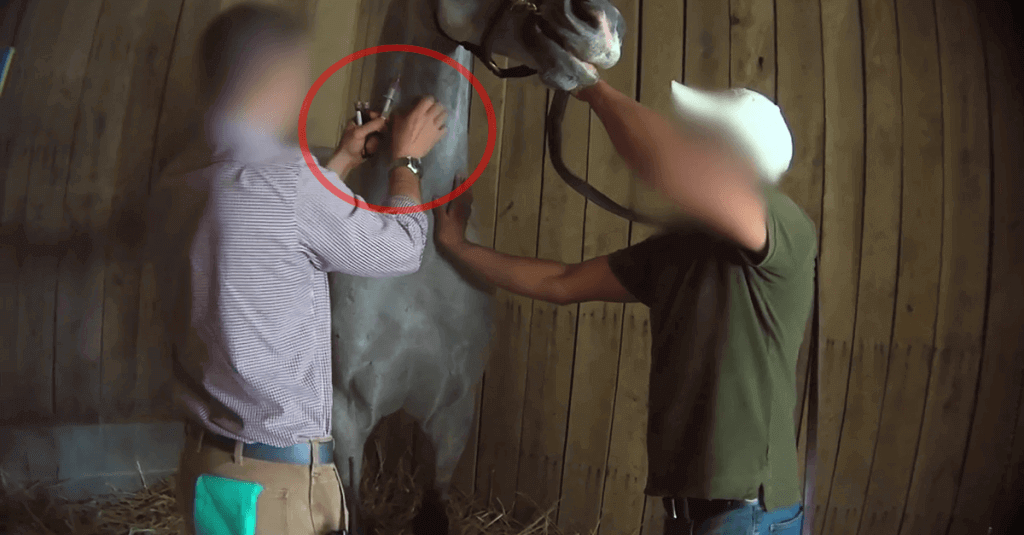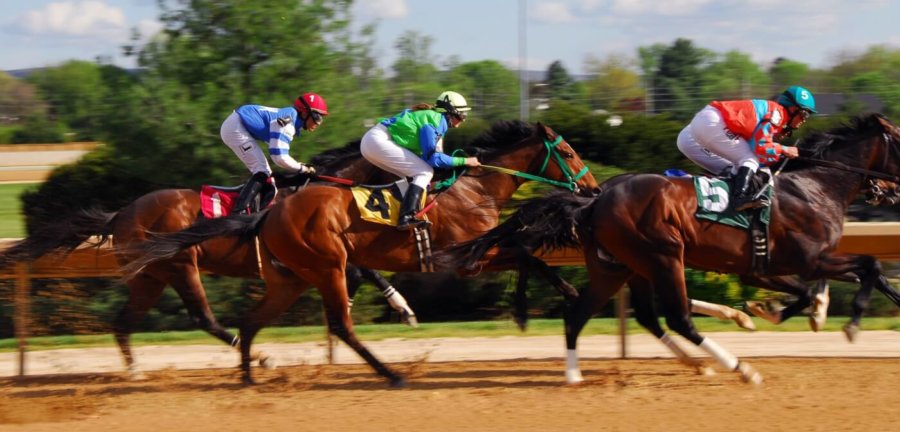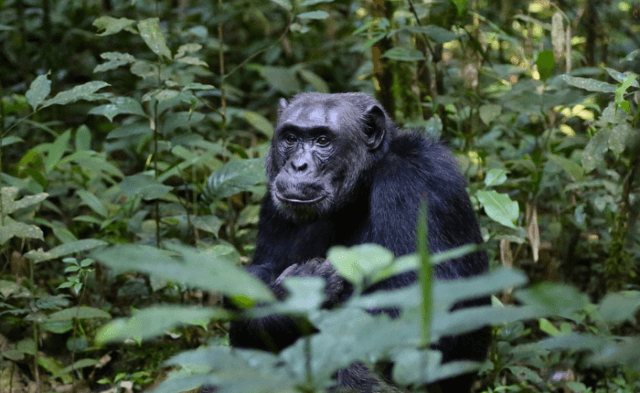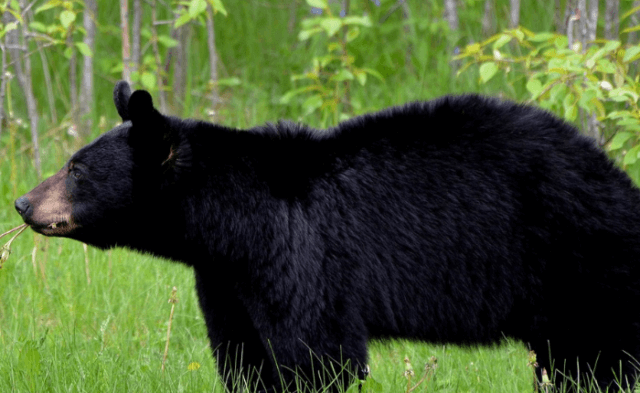Imagine a sport in which the athletes are drugged to mask debilitating injuries, whipped to make them perform, pushed beyond their physical limits and sometimes even die as part of the game.
You don’t really have to stretch your imagination too far because it’s called horse racing. It has killed so many horses at the Santa Anita race track in Los Angeles in the past two months – 22 at last count – that PETA asked the Los Angeles County district attorney to investigate the trainers and veterinarians for the horses.
In the wake of the deaths, Santa Anita also announced groundbreaking changes, making it the first track in the U.S. to phase out race-day medications, whipping and cruel practices such as injecting joints with corticosteroids to mask pain in horses’ legs – all of which PETA has pushed for. Now all tracks in the U.S. need to follow Santa Anita’s example.

In 2018, racing killed 50 horses in Arizona and 15 horses at Monmouth race track in New Jersey. On average, at least three horses die on tracks every day in the U.S.
To end this bloodbath, racing authorities nationwide must do what Santa Anita has done and act on what they already know: Thoroughbreds are overmedicated and they’re being forced to run when they’re injured. The horse racing industry must ban the painkillers, anti-inflammatories, sedatives, muscle relaxants, diuretics and other drugs. There must be no drugs in horses’ systems on race day. Any horse who requires medication should not be anywhere near a track.
While there are many problems in racing, this is the most pressing — and the most ignored. Overmedication and doping, a widespread problem exposed in the Olympic Games and cycling, has also been a reality in horse racing for decades.

It’s standard practice for horses to be given powerful medications that allow them to race despite their injuries. Virtually every Thoroughbred who races in California, and in most other racing states, is given phenylbutazone or one of two other strong anti-inflammatory drugs 24 to 48 hours before a race. This can mask an injury so the horse feels well enough to run and the inspecting veterinarian can’t detect it. But on the track, the bone can snap.
In California, every horse who dies on a track must be necropsied. The results of thousands of necropsies are clear: As many as 90 percent of breaks occur at the site of a pre-existing injury. Why are injured horses put back on the track? And why aren’t racing officials acting on what they know?
Santa Anita’s groundbreaking plan is a watershed moment for the racing industry, and PETA urges every track across the country to recognize that the future is now and follow suit. Veterinarians and trainers fight every effort to prevent them from pumping horses full of injury-masking and performance-enhancing drugs, but if they don’t stop hurting these animals, and if officials continue to talk about everything except the drugs, there won’t be any bettors left willing to waste their money at the track. The public has already turned its back on racing.





